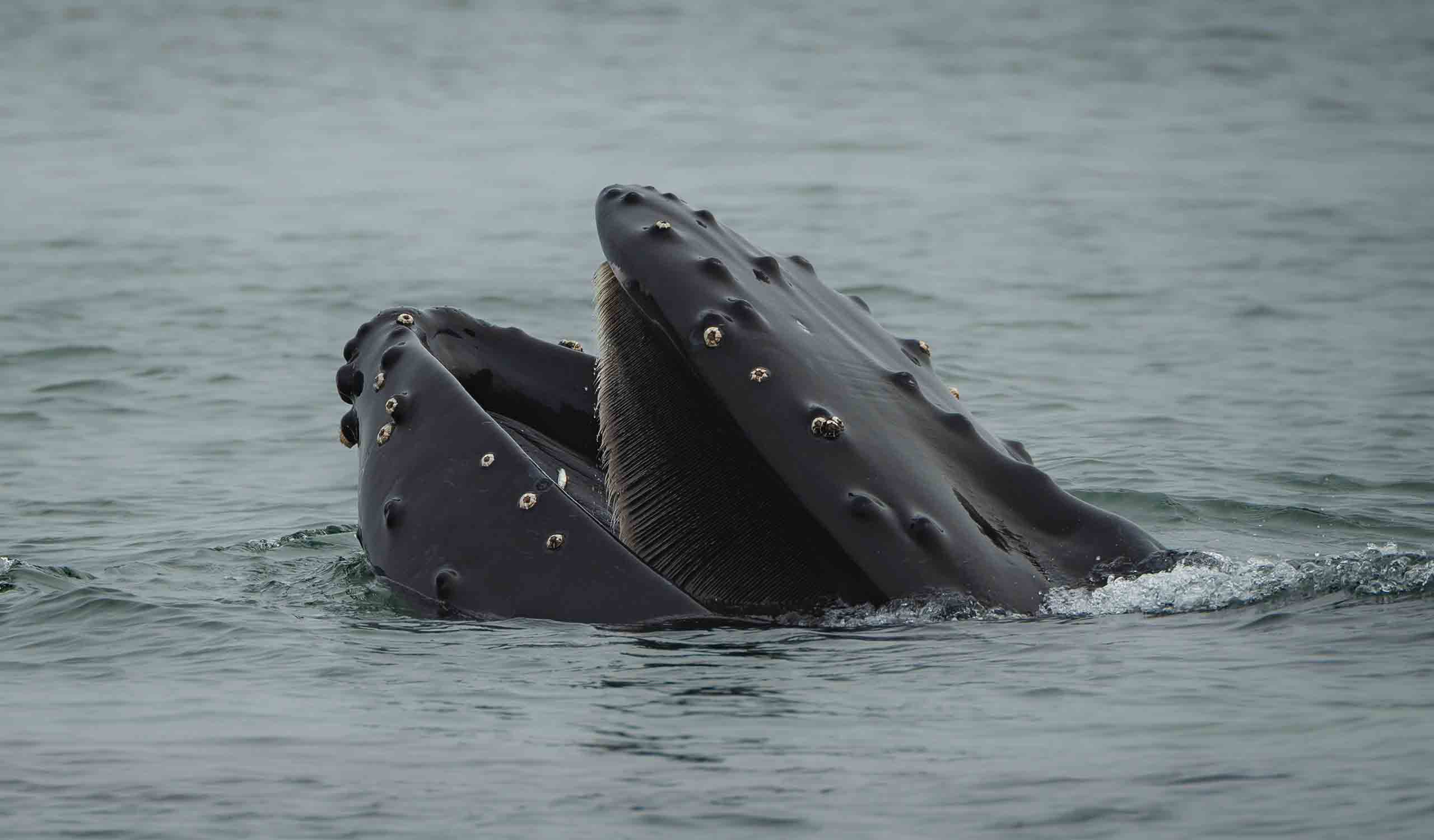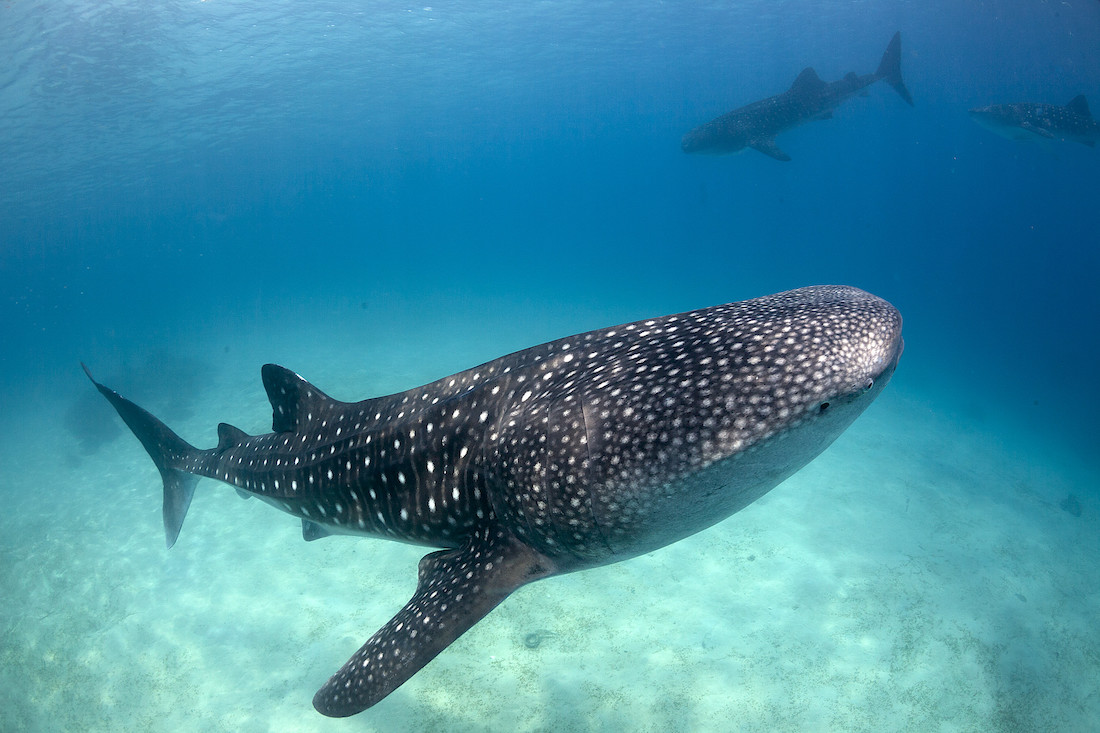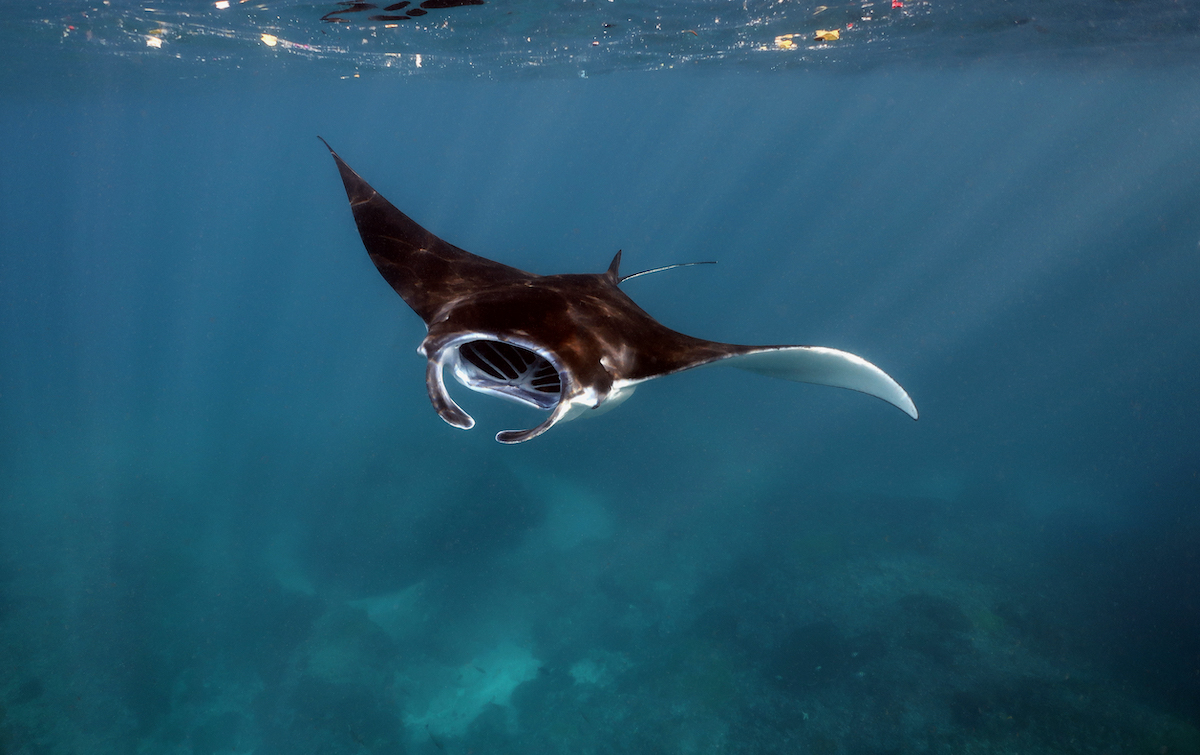How Does Filter Feeding Work?
Filter feeders can eat big amounts of small prey

The ocean is filled with a wide variety of organisms that employ different strategies to survive and thrive in the marine environment. For example, all animals need to eat but use different methods to do so—from great white sharks which are top predators and tear apart seals to tiny snails that graze on algae. One way ocean animals eat is through filter feeding.
At first glance a filter feeder may seem like a loafing creature that would rather let food come to them rather than seeking out specific prey. However, there’s a lot more to it than you might expect! Plus, many filter feeders are indicators of the health of their environments and help the balance of water quality.
If you’ve ever felt like swimming around to have tasty food magically drift to you for your culinary pleasure, you’re just channeling your inner filter feeder! Let’s swim into the world of filter feeders and learn more about the incredible way they eat!
What is filter feeding?
Although there are many wild ways in which animals eat, filter feeding is as fascinating as it gets. Filter feeding is a method some animals use to feed where the animal finds their meal by moving through the water, or taking advantage of water moving by them, and extracting small pieces of food and other particles from the water. The creature then filters through the particles and releases the matter they do not want by forcing the water out through a sieve. The sieve type is not the same from species to species: For instance, basking sharks can force the water out through their massive gills while humpback whales use their baleen plates to retain the organisms they’d like to eat and release the remaining particles and water through their mouths.
What are the largest filter feeders?
Some whales, like baleen whales, are, in fact, the largest filter feeders around. Although it may seem odd, some of the biggest ocean animals feed on some of the smallest critters of the sea. Baleen whales eat large quantities of krill in a single intake of water, and whale sharks, the largest fish in the world, take in large amounts of water and keep all the plankton they can. Another large fish, the basking shark, is also a filter feeder that uses their gill rakers in their gill slits to filter the water flowing into their mouth.

How does filter feeding help water quality?
Maintaining a healthy aquatic ecosystem is a tricky task, but certain filter feeders can help keep things balanced. For example, mussels and oysters are filter feeders that remove plankton, bacteria and toxins from the water and even increase ecosystem health. Without them, phytoplankton could grow out of control, leading to eutrophication which adds excessive richness of nutrients to the water. Many bodies of water depend on these small creatures to balance water quality, however overharvesting and habitat loss due to human activity have led to a decline in these species. This is a prevalent issue in the Chesapeake Bay where filter feeder numbers are dwindling.
What are some other filter feeders?
Along with baleen whales and mollusks, other fascinating creatures also filter feed. Sponges, although they are stationary, have canals that can filter out food from passing water and release the water through openings in the sponge. Flamingos are also an unexpected filter feeder as they feed on the brine shrimp, using their beaks to separate mud from their food. Other waterfowl such as some species of ducks and geese also filter feed, straining their food from the water using their special bills to divide their findings. Manta rays are also unique filter feeders, taking tiny organisms into their open mouths and using their small fins, known as cephalic lobes, to push particles in and filter them out through the plates on their gills.

Filter feeding has been around for a long time: Scientists have found evidence that prehistoric filter feeders once roamed the sea.
So, if you’re ever wondering what it would be like to be a filter feeder, just remember, it’s not as easy as it looks!
Despite their clear importance to the health of our aquatic ecosystems some filter feeders are struggling against the impacts of human activity and habitat loss. You can help by taking action today; visit our Ocean Conservancy action center to protect the wildlife that we and our ocean rely upon.